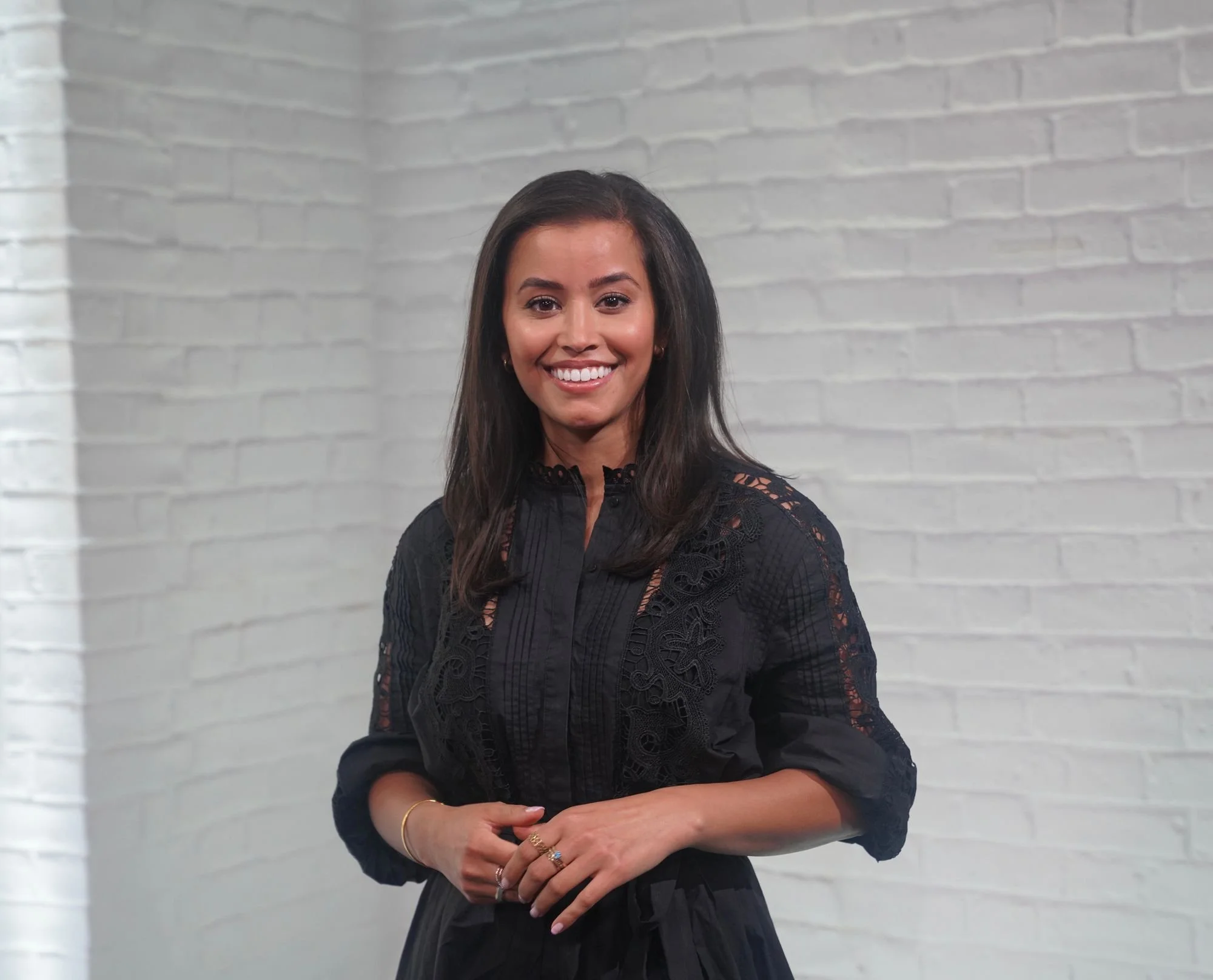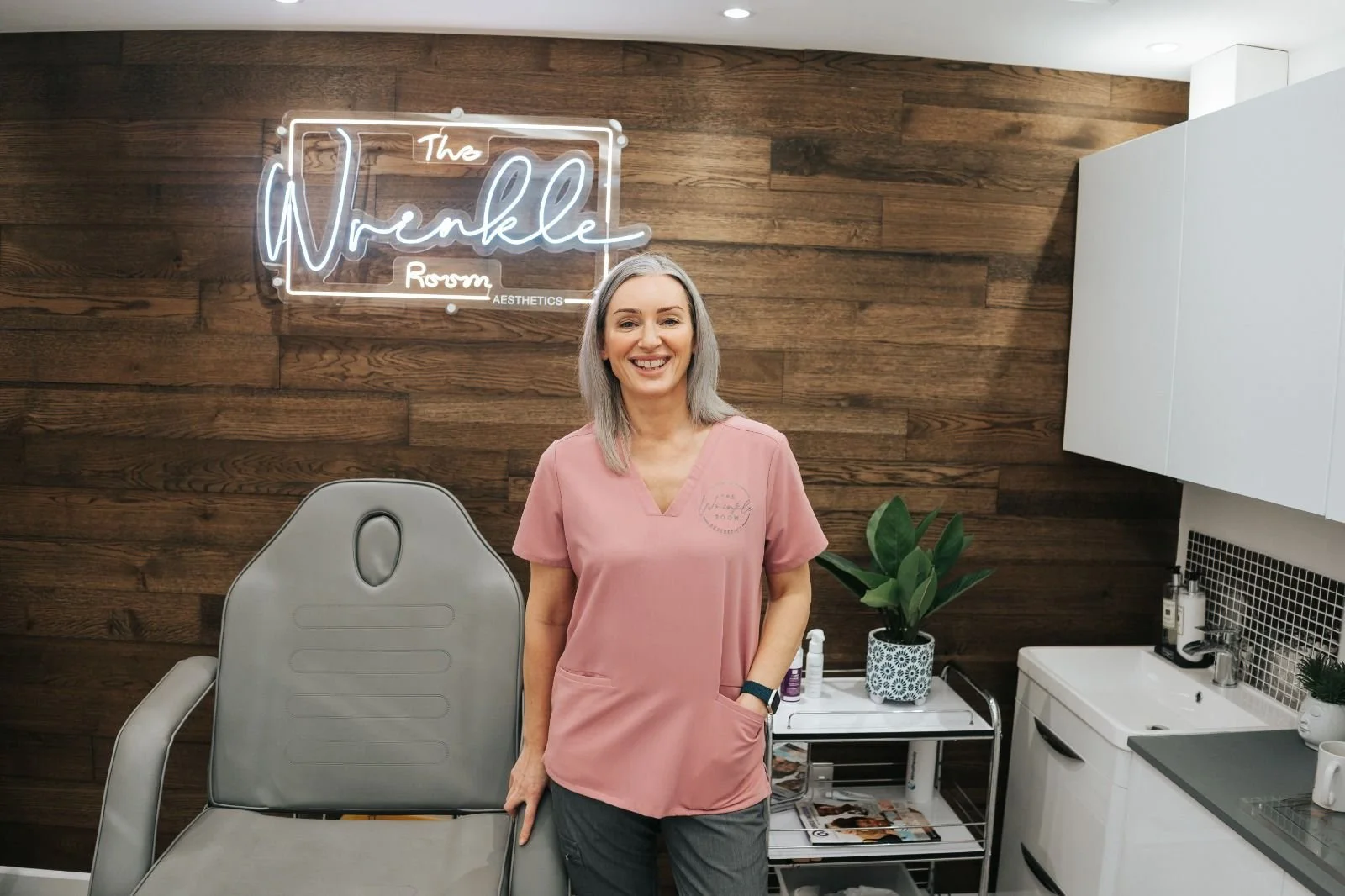What are Fast-track Level 7 Aesthetic qualifications?
What’s it all about?
There’s a lot of buzz around the Level 7 being the qualification that will be required if/when regulation happens. How much truth there is in that, who knows. But one of the main blockers preventing experienced practitioners from undertaking a Level 7 qualification is the fear that it will take a lot of time, money and much of it will be “teaching granny to suck eggs”.
In the last year or so, the Level 7 offering has grown significantly to include Ofqual regulated courses that recognise previous education, training and experience.
Here we answer some questions about the "Fast-track" Level 7 courses.
What are “Fasttrack” Level 7 courses and who are they for?
Traditionally, the post-graduate Level 7 courses were aimed at providing new practitioners with a complete and in-depth grounding in toxin and dermal filler treatments.
Obviously, if you’re a practitioner who has run their own aesthetics business for a number of years, have a large number of patients who have had toxin and dermal filler treatments and have been on numerous courses, there is little point going back to the very start.
Experienced practitioners don’t need to start in the same place as a beginner. They don’t need to sit in the A&P lectures. They don’t need foundation training in botox and fillers. They don’t need to be injecting mannequins. They don’t need observation days. They just need a way to demonstrate their skills, knowledge and competence.
This is where the “Fasttrack” level 7 qualifications come in. Aimed at advanced/experienced practitioners, the Fasttrack Level 7 qualifications allow practitioners to demonstrate their experience and knowledge and become qualified.
Isn’t “Fast-track” cheating?
Not at all.
What experienced practitioners need is a way they can demonstrate their knowledge and experience without it taking away from them running their businesses. Essentially, they need the assessment component of the full qualification. This is where qualifications based on RPEL (Recognition of Prior Experiential Learning) come in.
So it’s just the assessment bit?
Essentially, yes. But with support.
RPEL qualifications have been developed for advanced and experienced practitioners who want to gain a recognised qualification for the knowledge, skills and experience they have acquired through years of working as an aesthetic practitioner. Skills are assessed against nationally agreed set of standards. And if the practitioner can demonstrate they meet those standards, they are awarded the qualification.
How is RPEL assessed?
To begin, there is usually a discussion between the provider and the practitioner to ascertain the experience and prior learning of the practitioner, and whether the RPEL route is appropriate.
If the practitioner is a good candidate, they will be eligible to access the assessment component of the qualification. Depending on the provider, the assessment can comprise of the following elements:
A log book/portfolio review - this evidences case studies of botulinum toxin and dermal filler - usually 30 cases of each.
SAQs
An OSCE (Objective Structured Clinical Examination) / practical exam
A literature review / a long form essay
A peer reference from a regulated medical or healthcare professional
*As the assessment criteria differ between providers, make sure you fully research the requirements fully
**Some providers require the case studies to be gathered over a certain time frame.
Often access is given to e-learning modules and the support and guidance of the academy trainers.
What do those who have done a fast-track Level 7 have to say?
Dr Jess Srivastava of Dr Jess Aesthetics
Dr Jess completed her fastback Level 7 qualification at Harley Academy. Whilst it was a pre-requisite for her role as a trainer at Harley Academy, as pioneers of the Level 7 qualification, being industry leaders and having an extensive support network, she would have chosen them anyway! Dr Jess had been working in aesthetics for 4 years prior to starting her Level 7.
“Fast-track has to be for people who have been doing aesthetics for at least 3 years, as you have to provide a log book of 60 cases. As there is no practical element you should have to be a fairly well established practitioner to do it.”
“If someone was choosing to do it, it would mainly be because they want to have the gold standard qualification in aesthetics, or it’s a requirement from their employer.”
“I would recommend it for those that want to be ahead of the game when aesthetics hopefully becomes regulated.”
Caren Thomas of The Wrinkle Room
Caren is mid way through her RPEL fast-track Level 7 with MAP-IQ.
As a medic practicing aesthetics, Caren felt it was essential to gain a recognised qualification.
"I understand that achieving this qualification won't necessarily bring hundreds of new clients through The Wrinkle Rooms doors, but as an individual practitioner, I fell that studying for the level 7 qualification shows that I am dedicated to being the best that I can be and am also committed to ensuring that aesthetics, as an industry, is safe and regulated."
After researching the providers available, Caren chose to gain her qualification through MAP-IQ. Based in Wales and specialising wholly in a Level 7 qualification that recognises prior learning, this is what Caren had to say:
“The course itself is cost-effective, OFQUAL regulated and JCCP approved. To date (I’m half way through) the tutors have been accessible, approachable and supportive”.
Where can I find out more about the “Fast-track” Level 7 qualification?
There are a number of providers who now offer advanced practitioners the RPEL Level 7 qualification. You can find details below:
MAP-IQ £2495
Acquisition Aesthetics From £2495 + VAT
Harley Academy £2995 inc VAT
Derma Medical £5500 + VAT
Cosmetic Courses £4200 + VAT
The JCCP also have an approved list of providers




